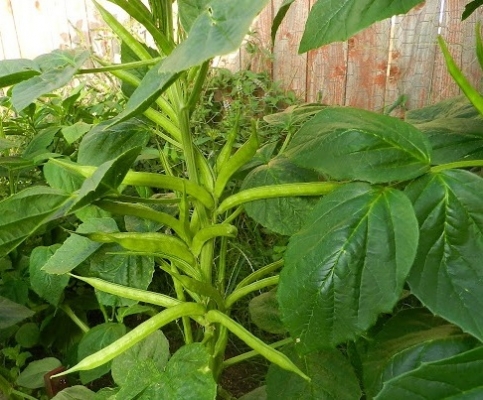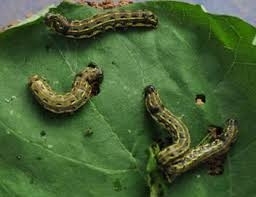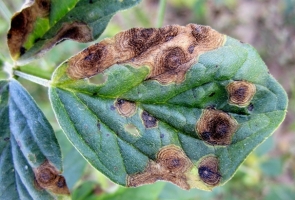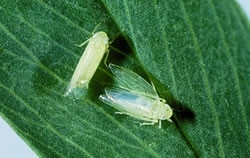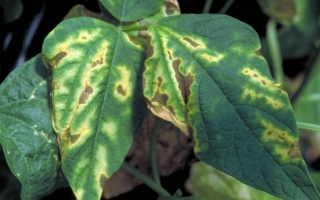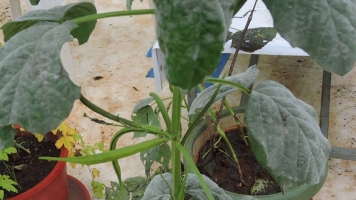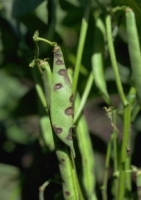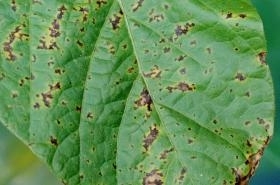General Information
Guar is annual, new emerging profitable crops of rainfed areas. It is drought tolerant crop and also thrives in semi arid regions. In India, it is used for vegetable purpose also used as cattle feed and as green manure crop. Guar gum is extracted from guar beans (endosperm of seed) has several industrial uses. It is used to make gum powder which is used in Oil extraction industry, food processing and preservation, printing, textile and paper industry. India is leading producer of guar in a world followed by Pakistan. India is leading exporter of guar seeds and guar. In India, Rajasthan, Gujrat, Haryana, Punjab, Uttar Pradesh, Madhya Pradesh, TamilNadu, Maharashtra, Karnataka and Andhra Pradesh are major Guar growing states. Churu, Nagaur, Sikar, Jodhpur, Ganganagar, Sirohi, Dausa, Bikaner, Hanumangarh and Jhunjhunu districts are major guar growing areas of Rajasthan.

